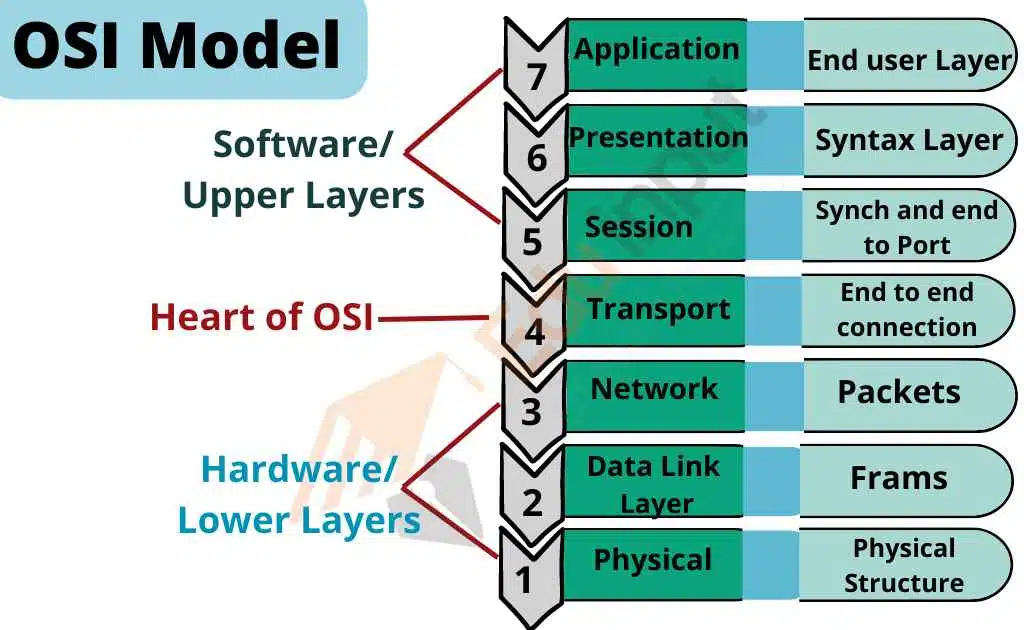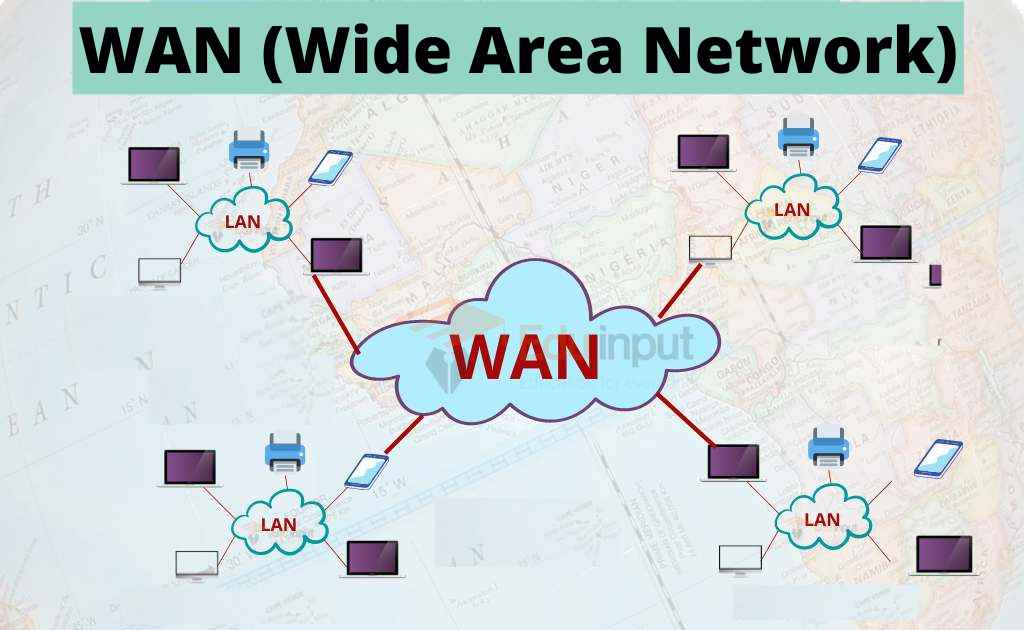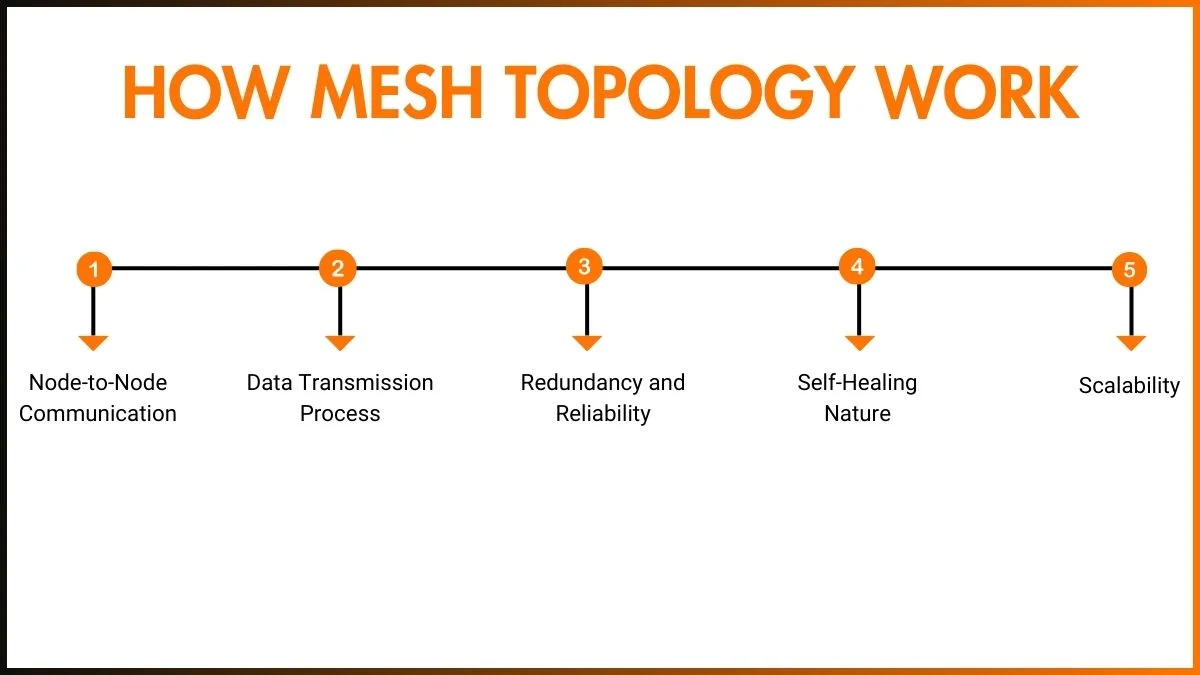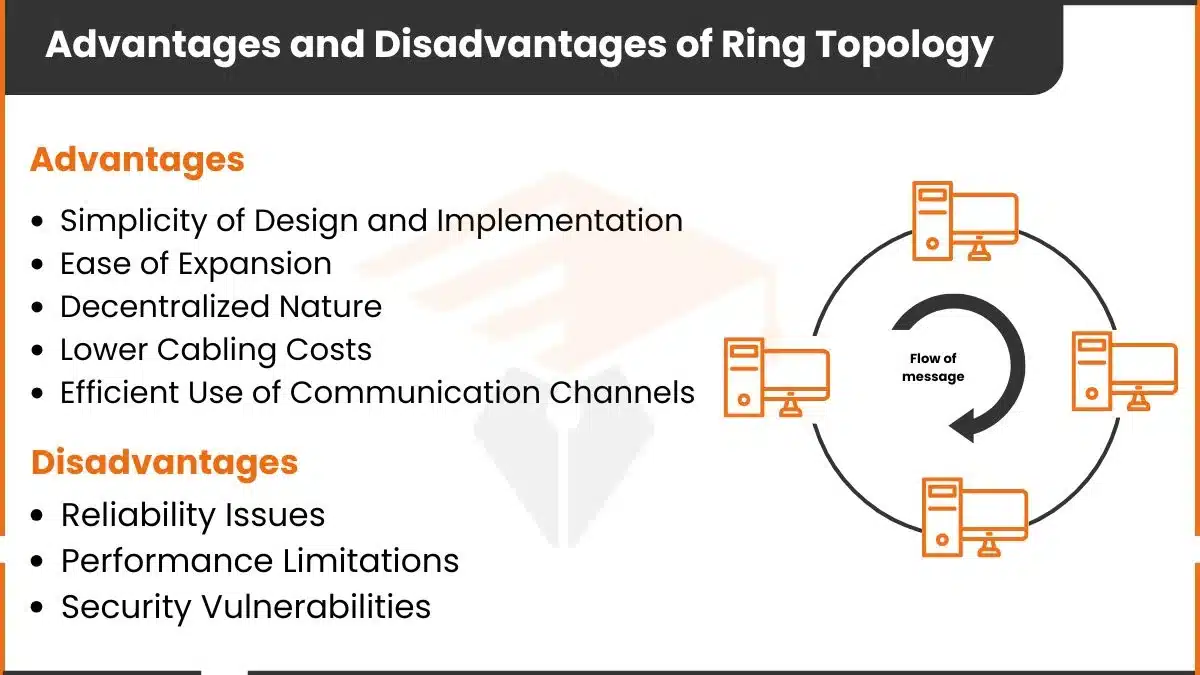OSI Model-7 Layers of OSI Model
The full form of OSI is Open System Interconnection. The OSI model is the most commonly used model for communication between different devices.
International Organization for Standardization (ISO) develop the OSI model in 1977. It divides the computer network into seven layers: physical, data link, network, transport, session, presentation, and application.

This model helps to explain how data travels from device to device over the Internet. Understanding the OSI model can help you troubleshoot problems such as slow speeds, dropped connections, and other network issues.
The layers are divided into two groups:
Upper Layer: The focus of the upper layer is how files are represented on the computer before transfer.
Lower Layer: communication across a network occurs in which way.
Advantages of OSI Model
Some advantages of the OSI model are as follows:
- Network communication process is divided into smaller and simpler components by the OSI model.
- It allows multiple-vendor development via the standardization of network components.
- It encourages industry standardization to define what functions occur at each layer.
- It prevents changes in one layer from affecting the other layers.
Layers of OSI Model
OSI model has 7 layers
Physical Layer
The physical layer is the 1st layer of the OSI model. It is the lowest level where data travels over a network. In the case of the internet, the physical layer is the wire connecting computers together.
The physical layer consists of two parts:
The transmission medium (wire).
The communication protocol.
Data Link Layer
The 2nd layer is called the data link layer. The DLL provides the physical connection between two devices. In computer networking, the Data Link Layer is responsible for sending frames across a network interface card (NIC).
The data link layer is responsible for the creation, exchange, and management of the data frames and for error detection.
Network Layer
The third layer is known as the network layer. The network layer is responsible for establishing the connections between two or more devices. It manages the delivery of data from source to destination.
Transport Layer
The 4th layer is known as the transport layer. It is responsible for the reliable delivery of the data packets. It divides a large number of messages into packets for proper transmission.
Session Layer
The 5th layer is the session layer. It is responsible for the reliable and secure exchange of data between two or more users. It synchronizes user tasks. In the data stream synchronization involves the use of checkpoints. If a failure occurs, only the data from the last checkpoint is transmitted.
Presentation Layer
The 6th layer is the presentation layer. It is responsible for the conversion of data into the appropriate format to be displayed by a user. The presentation layer is responsible for providing services such as data formatting, encryption, compression, and error checking.
Application Layer
The Application Layer is the highest and 7th layer of the OSI Model. This layer consists of protocols such as TCP/IP, HTTP, FTP, SMTP, etc. These protocols provide communication between two or more devices.
This layer provides services to other layers below it. For example, the HTTP protocol allows data transfer from one device to another.







Leave a Reply